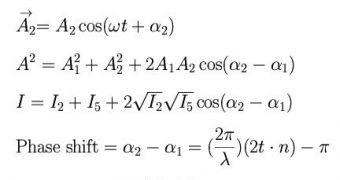The average drag could soon be no more. Scientists have been able to finish an old formula that apparently allows them to control the effects that, for instance, air has on a moving automobile, or rainwater on a flying plane. With access to this formula, fuel efficiency may be increased substantially. Countless other applications in chemistry, biology, medicine and physics could be made possible thanks to this effort.
104 years ago, physicist Ludwig Prandtl invented a mathematical formula designed to calculate in detail the exact conditions required in order for flows to separate. His formula was a bit incomplete at the time, due to restrictions pertaining to the times he lived in, and only applied to a constant flow in a two-dimensional environment. MIT researchers, led by the Atlantic Richfield Career Development Associate Professor in the Department of Mechanical Engineering Thomas Peacock, have managed to extrapolate the formula in a three-dimensional environment, and also to apply it to objects with a variable speed.
They also had to adapt the formula so that it would be able to compensate for the sudden changes that came with working in a 3-axis environment. Conditions and outside factors change in all dimensions, but perhaps the most important one is time. The main challenge and the ultimate goal of the formula was to keep fluids tied to the objects they belonged to even under several combined factors, over long periods of time. This major breakthrough brought the scientist team much-deserved praise for their potential contribution to the field of physics.
As a result, their research is now funded by the Air Force Office of Scientific Research, as well as by the National Science Foundation. Clearly, the military took a keen interest in the project, considering the possible applications for “sticky” fluids. However, Peacock says that the formula is still a long way from commercial applications of any kind but that, as of yet, it is clear that the potential impact on various transportation technologies could be huge.

 14 DAY TRIAL //
14 DAY TRIAL //